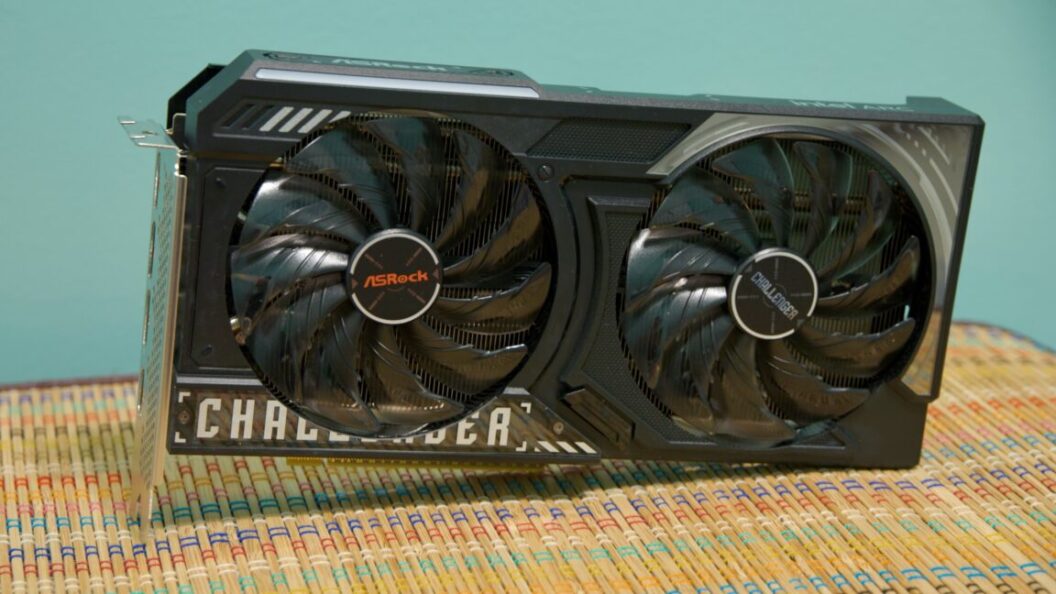Intel’s Arc B570 Graphics Card: A New Challenger in the GPU Market
In the highly competitive landscape of graphics processing units (GPUs), Intel’s latest release, the Arc B570, seeks to carve a niche for itself amid the dominance of Nvidia and AMD. With improvements in both performance and power efficiency, the B570 is generating buzz among gamers and tech enthusiasts alike. This article highlights the B570’s capabilities, power efficiency, and the advantages and caveats of choosing Intel’s graphics card over its competitors.
Performance Insights and RAM Limitations
The B570 has shown notable performance improvements compared to its predecessors, particularly when tested with gaming titles such as Forza Horizon 5. While graphics cards like the 8GB Radeon RX 7600 and the 8GB Intel Arc A750 experience limitations due to their RAM capacity, reports suggest that the extra 2GB in models like the B570 may provide a slight edge in RAM-limited scenarios. However, the overall efficacy remains contingent on the GPU’s processing power, which typically prevails as the critical factor in gaming performance.
Industry experts point out that while additional RAM can be beneficial, the GPU’s architecture plays an essential role in gaming performance. For instance, performance struggles in titles that demand higher memory usage underscore the importance of balancing RAM with GPU strength.
Power Efficiency: A Strong Suit for the B570
Another highlight of Intel’s B570 model is its impressive power efficiency during gaming sessions. Measurement comparisons indicate that the B570 consumes approximately 30 watts less than its counterpart, the B580, and outperforms the RTX 4060 and RX 7600 in terms of power consumption. This efficiency is particularly significant for gamers looking to build a cost-effective PC without sacrificing performance.
However, analysts caution that the reported power consumption figures may not always reflect real-world usage accurately. While they present a promising view of the B570’s efficiency, users should remain vigilant as comparisons across different manufacturers and GPU architectures remain challenging.
Caveats of Choosing Intel’s Graphics Card
While the B570 emerges as a competent alternative to Nvidia’s offerings, potential buyers should consider certain drawbacks. Nvidia’s GPUs continue to dominate due to their robust ecosystem, characterized by well-supported software and the benefits of DLSS upscaling—a feature absent in Intel’s offerings. Furthermore, Nvidia’s technological infrastructure, which includes various AI and rendering applications that leverage CUDA, underscores a considerable gap in market capabilities.
Intel’s intentions in the graphics market also raise questions. Despite assurances from executives like Michelle Johnston Holthaus, who reiterated the company’s commitment to discrete graphics, skepticism lingers about Intel’s long-term dedication and investment in this segment. For consumers, this uncertainty necessitates careful consideration when investing in Intel GPUs.
Conclusion: The Future of Intel Graphics Cards
As the GPU landscape continues to evolve, Intel’s Arc B570 signals the company’s intent to compete more seriously with established players like Nvidia and AMD. With enhancements in efficiency and specific performance metrics, the B570 could appeal to a segment of gamers looking for alternatives to more dominant brands. However, the lack of features and doubts surrounding Intel’s long-term commitment to graphics card development may deter some potential buyers.
Ultimately, the B570’s release could enhance competition within the GPU market, leading to better innovations and options for consumers. As Nvidia and AMD continue to innovate, Intel’s efforts could accelerate the push for performance and efficiency improvements across the board, potentially benefiting gamers everywhere.









